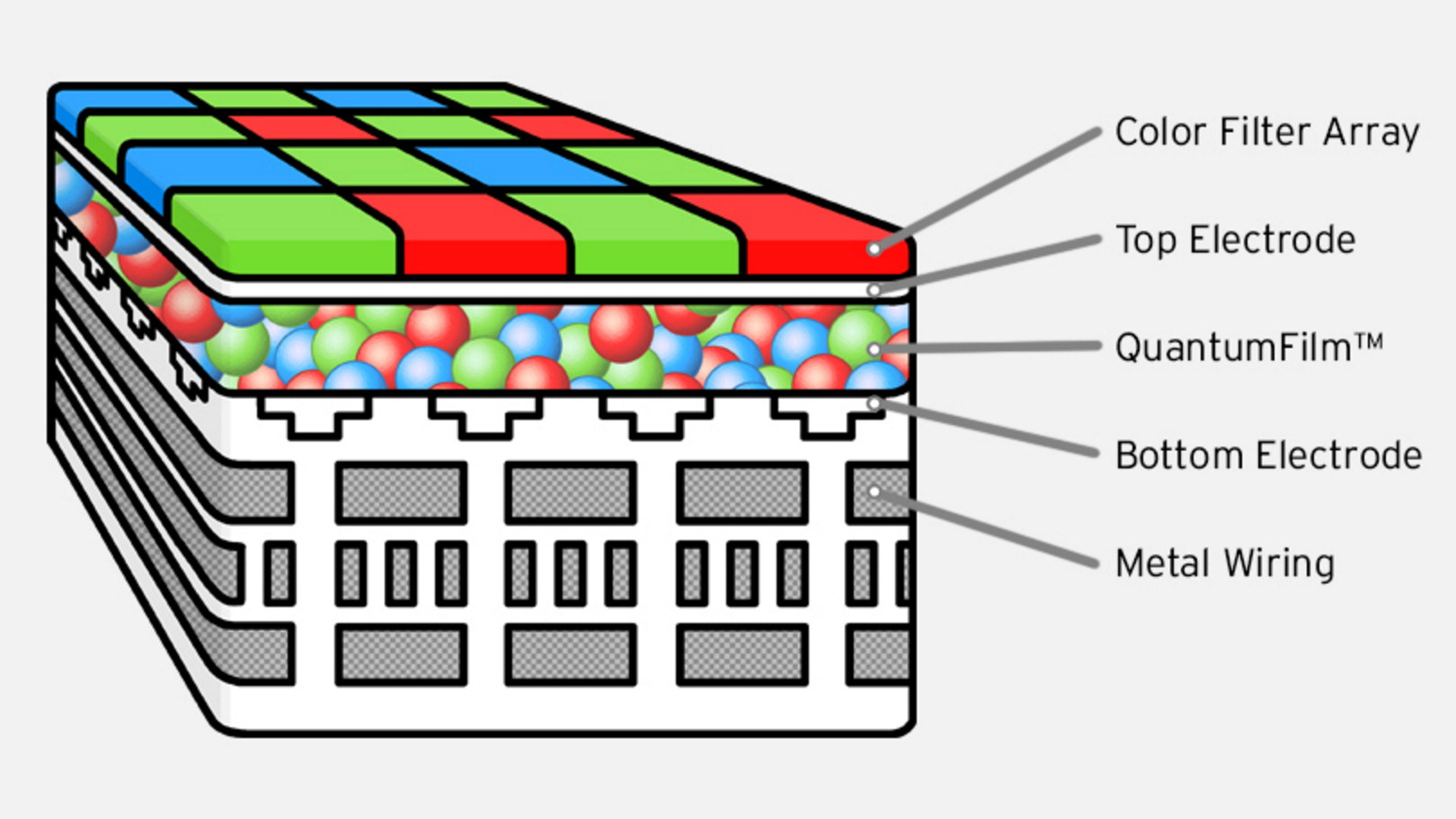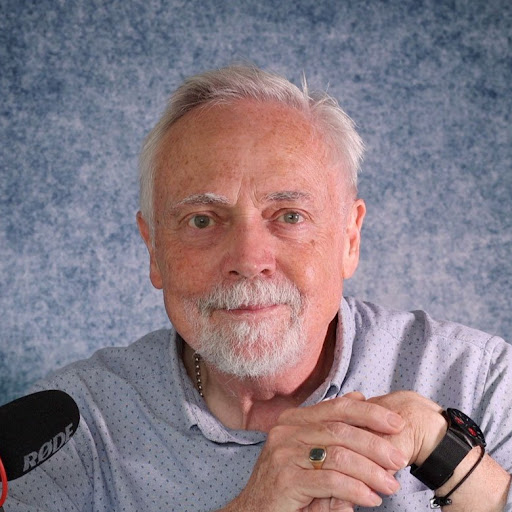Quantum13 sensor aims to deliver the next big step in smartphone camera quality
InVisage Technologies breaks free of conventional sensor limitations with a radical new design

Conventional smartphone camera sensors have limitations which restrict their sensitivity, image quality and dynamic range. They use a silicon layer which both captures the light and holds the circuitry used for image processing – but, according to InVisage Technologies Inc, this design is flawed.
Silicon is a good conductor but inefficient at light absorption. Conventional sensors need barriers between the photosites to prevent 'crosstalk' between neighboring photosites, and the electronic circuitry needed for processing can block some of the light from reaching the photoreceptors (though in newer 'back-illuminated' designs the circuitry is moved to the back of the sensor).
The Quantum13 sensor uses a surface layer of 'quantum dots' to capture the light, leaving the silicon layer underneath to store and process the image data. This arrangement gives the sensor a 100% 'fill factor – the ultimate dream of sensor designers, where the entire sensor surface is available for light capture.
These quantum dots are not unlike the light-sensitive silver halide crystals in analog film. They are distributed evenly as a continuous layer across the sensor. This design can be adapted to produce high resolution (more pixels but smaller light gathering area) or high sensitivity (fewer pixels but larger light gathering area).
The company says the QuantumFilm layer can absorb the same amount of light as a silicon but in a layer ten times thinner. This leaves more space in the sensor design for a silicon layer with a larger 'full well capacity' – in other words, the sensor can capture more light without becoming saturated and showing the highlight 'burn-out' so common in small sensors.
InVisage claims the Quantum13 sensor has up to 3 stops more dynamic range than conventional CMOS sensors, and this can be seen in both stills and video without the need for additional HDR (high dynamic range) processing.
The thinner light capture layer and improved light absorption reduces crosstalk and allows 'higher chief ray angles' – lenses can be shorter, allowing thinner camera modules.
Sign up for breaking news, reviews, opinion, top tech deals, and more.
No more rolling shutter distortion in video
This is also the first smartphone camera sensor to employ a global electronic shutter. In conventional sensors the image data is 'scanned' row by row rather than captured in a single instant. This means that subjects may move during the frame capture, leading to 'rolling shutter' effects and distortion, an effect the Quantum13 sensor should eliminate.

In principle, this technology could be scaled up for larger-sensor cameras like DSLRs and compact system cameras – we've seen this with back-illuminated sensor designs. InVisage has not announced any plans for the mainstream camera market, although – interestingly – its website does offer 'teaser' remarks about the advantages for professional DSLR photography.
For the time being, InVisage is targeting the mainstream 13 megapixel smartphone camera market, with shipments to vendors "starting this quarter".
Read:

Rod is an independent photographer and photography journalist with more than 30 years' experience. He's previously worked as Head of Testing for Future’s photography magazines, including Digital Camera, N-Photo, PhotoPlus, Professional Photography, Photography Week and Practical Photoshop, and as Reviews Editor on Digital Camera World.